Latest DePIN News

a year ago
MapMetrics Unveils Innovative Wallet UI to Enhance User Experience
MapMetrics has unveiled a revolutionary update to its wallet interface, designed to enhance user interaction with digital earnings. The new wallet not only boasts a sleek design but also incorporates practical features that streamline the management of $MMAP tokens. Users can now easily view their token balance prominently displayed, allowing for quick tracking of funds earned through various activities such as navigation drops and referrals. This clarity simplifies the user experience, making it accessible for both seasoned crypto enthusiasts and newcomers alike.
One of the standout features of the updated wallet UI is the detailed breakdown of earnings. The "Today’s Earnings" section categorizes daily rewards into specific streams, including SPT earnings, navigation drops, and referral earnings. This feature empowers users to identify which activities contribute most to their earnings, enabling them to strategize effectively. For instance, if navigation drops are a significant source of income, users may choose to utilize the app more frequently during their commutes to maximize their earnings potential.
Additionally, the wallet interface introduces an engaging "Invite a Friend" feature, allowing users to easily share their unique referral code and track earnings from referrals. Users earn 250 MMAP tokens for each new referral and 5% of their ongoing activity. The real-time tracking of these earnings fosters a sense of accomplishment as users see their network and rewards grow. Overall, the new wallet UI is not just a cosmetic upgrade; it enhances user experience, transparency, and opportunities for passive income, making it a game changer in the MapMetrics ecosystem.
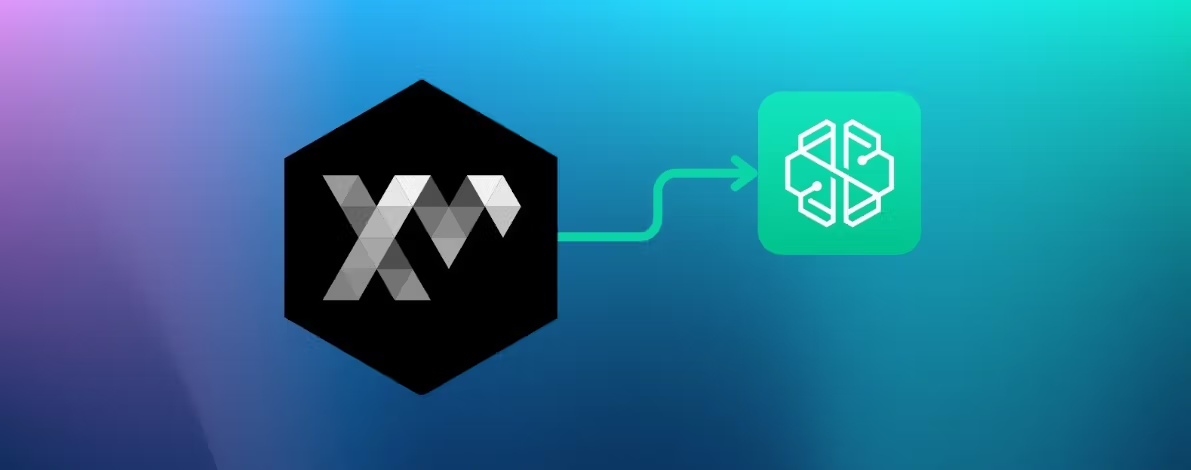
a year ago
WeatherXM Announces Early Rewards for Alpha Deal Participants
WeatherXM has announced an exciting update for participants in the WeatherXM-Swissborg Alpha Deal, as they prepare to receive their first $WXM rewards by the end of the year. The company has seen remarkable performance from the $WXM token, which can be attributed to a positive shift in sentiment within the crypto markets, the deployment of 7,000 stations worldwide, and the launch of WeatherXM Pro. These developments highlight the potential for monetizing network data, making it an opportune moment for investors to hold onto their $WXM tokens.
In a gesture of appreciation for the early supporters of the Alpha Deal, WeatherXM AG will distribute a total of 47,398 $WXM tokens as the first month's rewards on December 4. This advance payment is part of the rewards for December 2024, and once the full deployment of 2,270 stations is achieved, this pre-paid amount will be deducted from the monthly rewards generated by the WeatherXM Stations. The deductions will be spread over six monthly installments, ensuring that participants remain engaged with the project.
Looking ahead, WeatherXM is preparing for a new station deployment opportunity in 2025, inviting interested parties to stay tuned for more information. The company encourages potential participants, including launchpad platforms, exchanges, and station deployers, to reach out via email for collaboration opportunities. As the crypto landscape continues to evolve, WeatherXM is positioning itself as a leader in network data monetization while rewarding its community for their support during this growth phase.

a year ago
Unlocking the Future of DePIN: Insights from IoTeX
In a recent ask-me-anything (AMA) session, Mariela Tanchez, the Business Development Lead at IoTeX, shared insights on the transformative potential of Decentralized Physical Infrastructure Networks (DePIN). The discussion highlighted how DePIN empowers users to monetize their data while providing scalable infrastructure solutions. Tanchez emphasized that traditional centralized companies often profit from user data without offering any compensation. DePIN shifts this dynamic, allowing users to control their data and earn rewards for sharing it, thus creating a more equitable ecosystem.
Tanchez elaborated on the scalability advantages of DePIN, noting that as demand for technology grows, centralized systems struggle to keep pace. By decentralizing infrastructure, individuals can contribute resources such as devices and computing power, effectively distributing the load across a network. This not only enhances efficiency but also addresses the increasing demands of modern technology. Tanchez believes that DePIN is not merely a trend but a significant paradigm shift that prioritizes user empowerment, scalability, and privacy.
Industries such as telecommunications, transportation, and energy stand to be significantly impacted by DePIN, according to Tanchez. She pointed out that individuals can now monetize their contributions in ways that were previously dominated by centralized firms. To get involved in the DePIN space, Tanchez suggested investing in devices or tokens of credible projects and emphasized the importance of research and community engagement. With IoTeX's commitment to creating a fair and inclusive ecosystem, the future of decentralized technology looks promising, and Tanchez is excited for more people to discover its potential.

a year ago
AO November Milestones: Hardware Sale and Protocol Enhancements
In November, significant advancements were made in the project, highlighted by the launch of a hardware sale and the development of a new distribution protocol based on AO. The existing Smartweave logic has been rewritten in Lua, leading to the introduction of new AO contracts. The Relay registry logic has transitioned from a centralized Validator server to an Operator contract, while the distribution has evolved into a Rewards contract that now includes various reward categories such as geolocation and uptime rewards. This shift marks a crucial step towards decentralization, allowing relays to sign directly with their anonymous keys. Additionally, the supporting 'glue' servers have been redesigned for improved reliability and speed, ensuring that processes like event responses and reward deliveries are handled more efficiently.
The hardware aspect of the project has also seen progress with the launch of the second major hardware sale, in collaboration with Ampchampment. Customers can now purchase units using Credit Card, PayPal, or cryptocurrency. Enhancements have been made to the hardware, including the introduction of a new router mode that incorporates IPTables and DNS logic for secure traffic management. The upcoming batch of hardware features a fully programmable shield board and improved cooling components, ensuring better performance and user experience.
On the network and applications front, the development team has released a new version of the anon binary and is focusing on hidden services, transitioning from .onion to .anon names. This change necessitates redeployment of existing hidden services. Moreover, a public release of the Anyone SDK has been made, showcasing innovative projects from the community. The Anyone Desktop VPN has also undergone UI/UX improvements and is set for internal testing. As the project shifts its focus towards user-friendly applications, it aims to enhance privacy for all users, marking a pivotal moment in the evolution of the Anyone Ecosystem.
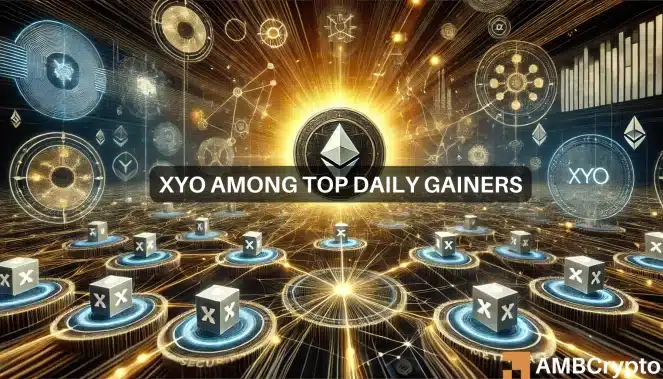
a year ago
XYO Network Shows Strong Bullish Momentum with 185% Surge
The XYO Network has recently demonstrated a bullish trend, particularly noticeable on the hourly timeframe. With a significant price increase of 185% within just 24 hours, most of these gains occurred in a rapid six-hour window, indicating strong buying pressure. Currently, the asset, which boasts a market capitalization of $443 million, is facing a temporary resistance at the $0.02 level, while the next support for buyers is positioned at $0.0284. Observations from the chart suggest that if XYO can maintain an hourly close above $0.032, it will solidify its bullish market structure. Conversely, a drop below $0.0284 could signal a potential retracement towards $0.0217 or lower.
The recent price movements of XYO have been marked by notable volatility, including an impressive 81% rally over 24 hours on November 18th and 19th, followed by a 26% retracement. Despite this pullback, XYO managed to consolidate around the $0.009 area before making another upward move on December 2nd. The analysis of retracement levels reveals an initial impulse move from $0.00857 to $0.0199, showcasing a 131% increase in a mere 21 hours. The On-Balance Volume (OBV) has also surged, indicating heightened demand, while the Money Flow Index (MFI) reflects the prevailing bullish momentum.
Despite the overall bullish sentiment in the altcoin market, which is nearing its all-time high of $1.13 trillion, caution is warranted. A bearish divergence on the MFI in the 4-hour chart suggests a possible short-term price dip. Investors are advised to remain vigilant and hold their positions until the higher timeframe conditions indicate a shift. The current landscape suggests that while XYO is poised for further gains, not all tokens will experience the same level of performance in this bullish market environment.

a year ago
Decentralized Physical Infrastructures: A New Era for Data Management
In today's digital age, data has become a vital commodity, integral to both personal and business interactions. However, the majority of this data is managed through centralized cloud services, which often leads to significant issues such as limited user control, high costs, and increased vulnerability to data breaches. A recent report highlights that nearly half of the tech industry views data privacy and security as paramount concerns. This centralized model creates a bottleneck, prompting the need for innovative solutions that prioritize user autonomy and data integrity.
Decentralized Physical Infrastructures (DePINs) emerge as a transformative alternative, leveraging blockchain technology to distribute data storage and processing across a network of users rather than relying on massive data centers. This shift not only enhances privacy and security—by eliminating single points of failure—but also allows users to become active participants in the infrastructure. As more individuals join the network, the system organically scales, offering a self-sustaining solution that can adapt to growing data demands. With DePINs, users can regain control over their data, reducing the risks associated with centralized servers that are frequently targeted by cyberattacks.
Functionland's FxBlox device and the Fula Network exemplify the DePIN philosophy, enabling users to transform their personal devices into integral components of a decentralized cloud. This approach not only enhances security and control but also presents potential cost savings by reducing overhead expenses associated with traditional cloud services. The partnership between Functionland and Streamr further amplifies the capabilities of these devices, allowing users to rent out their bandwidth and participate in a decentralized streaming ecosystem. As the landscape of data management evolves, embracing DePINs could herald a new era of user-centric, secure, and scalable internet solutions.
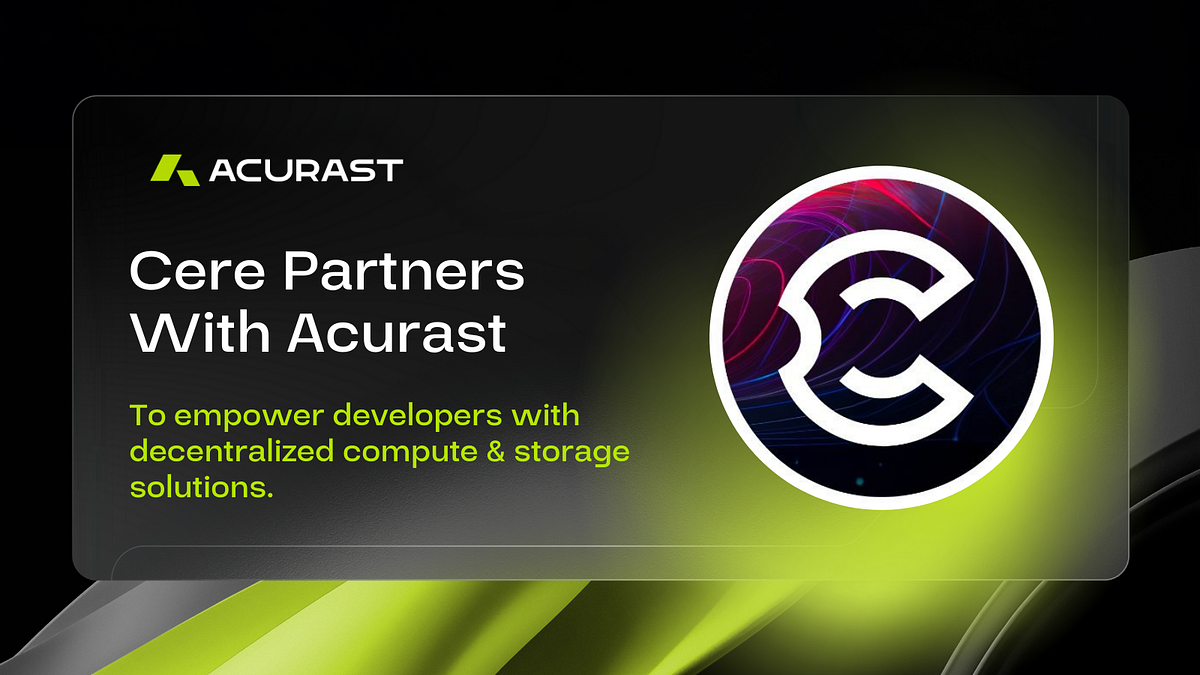
a year ago
Acurast and Cere Network Forge Strategic Partnership for Decentralized Cloud Solutions
On December 12, 2024, Acurast and Cere Network announced a strategic partnership that aims to enhance decentralized cloud computing capabilities. Acurast, known for its innovative use of everyday phones in decentralized cloud infrastructure, will integrate Cere Network's decentralized data automation features into its compute deployments. This collaboration allows developers to leverage Cere's Decentralized Data Cloud (DDC) for secure and scalable data automation, enabling them to build applications that efficiently manage both computation and secure data processes within a fully decentralized environment.
To illustrate the potential of this partnership, a decentralized image converter application has been developed. This application allows users to upload HEIC images, which are processed through Acurast’s community-driven cloud compute using their phones, converting them into PNG format. The converted images are securely stored and retrieved via Cere’s DDC, demonstrating a seamless workflow that capitalizes on the strengths of both platforms. This example highlights how the integration can facilitate practical applications in the realm of decentralized computing.
The partnership is seen as a major advancement in decentralized cloud services, with both companies expressing enthusiasm about the benefits it brings to developers. Alessandro De Carli, Co-Founder of Acurast, emphasized that this integration provides a comprehensive platform for building secure decentralized applications. Similarly, Fred Jin, Co-Founder and CEO of Cere Network, noted that the collaboration enhances the capabilities of their Decentralized Data Cloud, empowering developers with automated secure data computation solutions. This partnership is poised to pave the way for innovative applications in the evolving landscape of decentralized cloud computing.
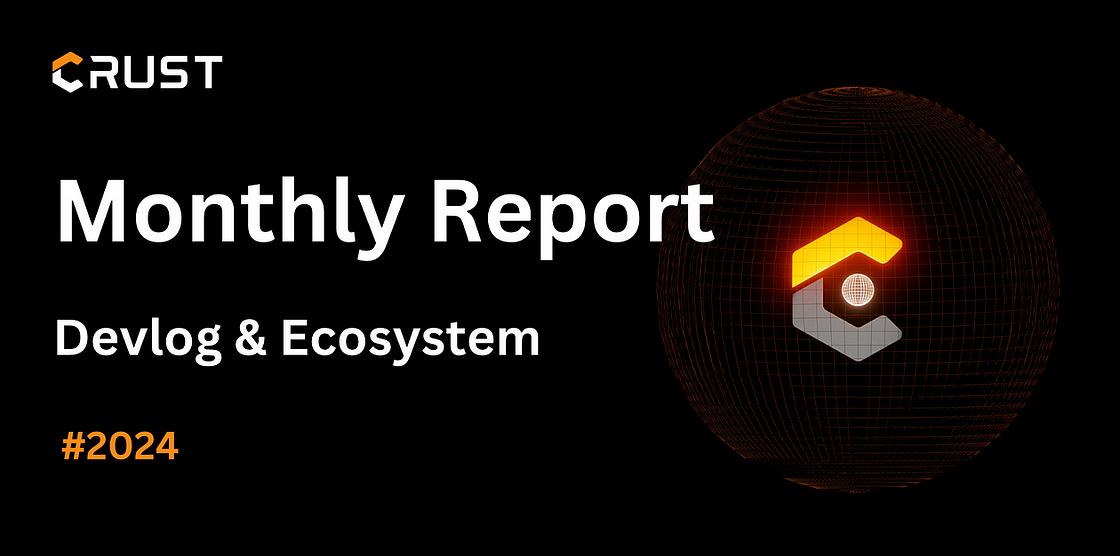
a year ago
Crust Network Advances Technical Progress and Ecosystem Collaboration
Crust Network has recently made significant strides in its technical progress and ecosystem collaboration within the Polkadot framework. Notably, the platform now supports initiating place order transactions from the Polkadot Crust Parachain, which are automatically converted into orders on the mainnet. To address the rising gas fees on Ethereum, the bridge fee for transferring $CRU from the Crust mainnet to Ethereum has increased from 10 $CRU to 30 $CRU. Additionally, a bi-directional XCMP channel has been established between Crust and Bifrost, enhancing cross-chain capabilities. The team is also testing a customized Crust IPFS image based on the latest IPFS code and exploring solutions for a non-TEE lightweight mining client.
In terms of ecosystem collaboration, Crust Network is actively engaging with various projects within the Polkadot ecosystem. Although Polkadot is developing a native service for object storage, third-party services like Apillon via CrustNetwork are currently available. The launch of the Polkadot ecosystem dashboard on Token Terminal marks a significant milestone. Furthermore, GoPlausible is leveraging CrustNetwork to provide permanent, decentralized storage, ensuring data security and accessibility. The Crust Parachain has opened an HRMP channel with Bifrost, facilitating seamless data and asset transfers between the two parachains. A massive airdrop event co-hosted by Crust and other networks is also on the horizon, promising exciting opportunities for the community.
Community engagement remains a priority for Crust, as evidenced by their sponsorship of offline meetups for the Chainspace Community and participation in various events, including the Global AI+DePIN Exhibition in Bangkok. Crust has also been active in promoting creative initiatives, such as an AI-generated song contest and an AI Music Video Challenge, fostering a vibrant community spirit. As Crust continues to innovate and collaborate within the Polkadot ecosystem, it is poised to redefine decentralized storage solutions for Web3, offering users trustless and user-controlled data management tools.
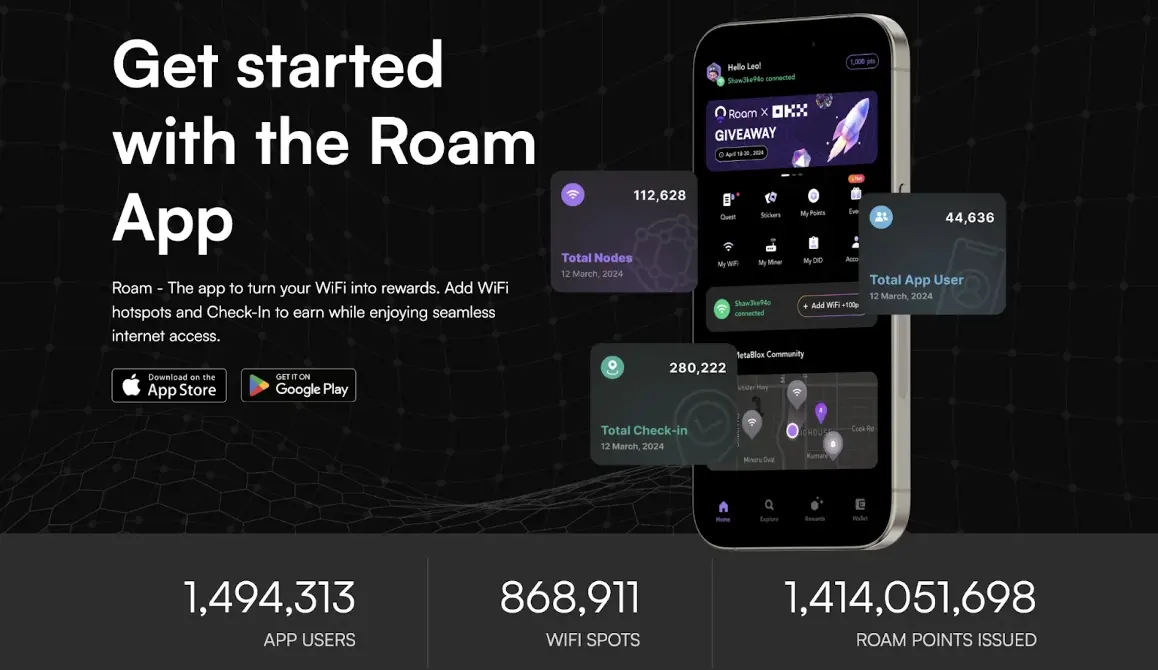
a year ago
Roam: Empowering Digital Nomads with Seamless Connectivity
In the post-pandemic world, the rise of digital nomadism has become increasingly prevalent, particularly among remote workers. This lifestyle allows individuals to travel freely while maintaining their professional commitments, with locations like Aruba and Cape Verde becoming popular choices. The demand for reliable internet connectivity is paramount for these nomads, and the Roam network is emerging as a leading solution. By providing a global wireless network, Roam aims to facilitate seamless connectivity for users regardless of their location, thus enhancing the digital nomad experience.
The challenges associated with traditional public WiFi networks, such as cumbersome login processes and security vulnerabilities, have prompted the development of OpenRoaming™ technology. This initiative, spearheaded by the Wireless Broadband Alliance, aims to create a secure and user-friendly WiFi experience. OpenRoaming™ allows users to connect to various WiFi networks without repeated authentication, ensuring encrypted data transmission. Despite the growing number of OpenRoaming™ nodes, which currently stands at over 4 million, it still represents a small fraction of the global public WiFi landscape, indicating significant room for growth.
Roam is uniquely positioned within the OpenRoaming™ alliance as a Web3 IDP project, integrating decentralized identity technology to enhance network access for users and small businesses. With innovative solutions like the Rainier MAX60 router and Roam eSIM, the platform is rapidly expanding its user base, which has surpassed 1.5 million. Roam's community-driven approach and diverse incentive models, including Roam Points and governance tokens, are designed to foster user engagement and support the growth of the OpenRoaming™ network. As Roam continues to bridge Web2 and Web3 technologies, it is set to play a pivotal role in transforming the telecommunications landscape and enhancing connectivity for digital nomads worldwide.

a year ago
Tesla Drivers Can Earn Rewards Through Roil and DIMO Integration
Tesla drivers can now unlock significant savings through a new initiative by Roil, which integrates with the DIMO protocol. This innovative program allows Tesla owners to earn up to $200 annually by simply charging their vehicles. By transforming charging data into VERRA-certified carbon offsets, Roil sells these offsets on carbon markets and redistributes the proceeds back to participating vehicle owners in the form of $DIMO tokens. This means that each time a driver charges their Tesla, they not only power their vehicle but also contribute to carbon offset programs typically reserved for larger fleets.
To participate, Tesla drivers need to connect their vehicles to the DIMO network. Those who sign up will receive a $15 advance in $DIMO and can earn retroactive rewards if they have been connected since 2023. The program is designed to reward drivers based on their charging activity, with payouts occurring annually each spring. However, there are some exclusions for residents in specific regions, such as Washington, California, and Oregon, as well as for apps that already claim offsets.
Currently, this program is being piloted in the United States, with plans for expansion to Europe in 2025 and potentially to other electric vehicle models in the future. This partnership marks just the beginning of what DIMO aims to achieve, with more exciting opportunities on the horizon for drivers to leverage their vehicle data. Tesla owners are encouraged to sign up for the Roil offer to start reaping the benefits of this groundbreaking initiative.
Signup for latest DePIN news and updates